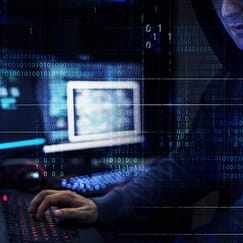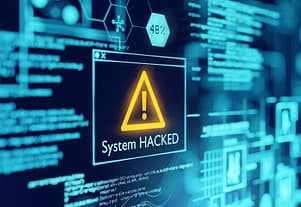What is Digital Forensics?
Digital forensics is the application of computer science and forensic science techniques to preserve, recover, analyze, and present digital evidence found on various devices such as computers, smartphones, hard drives, and other digital storage media. The goal of digital forensics is to identify and extract relevant data from these devices to reconstruct events, identify perpetrators, and provide evidence for legal proceedings.
Types of Digital Forensics
There are several types of digital forensics, each with its unique focus and scope:
Network Forensics: Focuses on analyzing network traffic to identify malicious activities, network intrusions, and data breaches.
System Forensics: Involves analyzing a computer Thor Digital Forensics system or device to gather evidence of illegal or unauthorized activities.
Mobile Forensics: Deals with analyzing mobile devices such as smartphones and tablets to extract data and evidence.
Cloud Forensics: Involves analyzing cloud-based storage systems to gather evidence of cloud-based crimes.
Tools and Techniques
Digital forensics involves using various tools and techniques to collect, analyze, and present digital evidence. Some common tools used in digital forensics include:
Forensic software: Tools such as EnCase, FTK (Forensic Toolkit), and X-Ways Forensics help in data acquisition, analysis, and reporting.
Network sniffing tools: Tools like Wireshark help in analyzing network traffic and identifying potential security threats.
Database forensic tools: Tools like SQLite Forensic Analysis Tool help in analyzing database systems.

Cryptanalysis tools: Tools like Cain & Abel help in cracking passwords and decrypting encrypted data.
Challenges in Digital Forensics
Despite its importance, digital forensics poses several challenges:
Data Volume: The sheer volume of data on devices can make it challenging to identify relevant evidence.
Data Hiding: Malicious actors may hide data by using encryption or other techniques.
Time-Sensitive: Digital evidence can be easily destroyed or overwritten if not handled promptly.
Best Practices
To overcome these challenges, it is essential to follow best practices in digital forensics:
Preservation: Immediately preserve Los Angeles Computer Forensics Investigator the device or data to prevent destruction or alteration.
Analysis: Use specialized tools and techniques to analyze the data.
Reporting: Provide detailed reports on findings and conclusions.

.png)








Write a comment ...